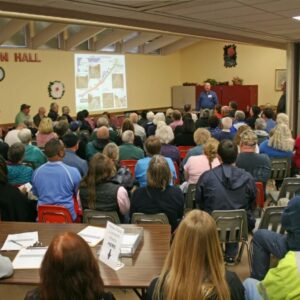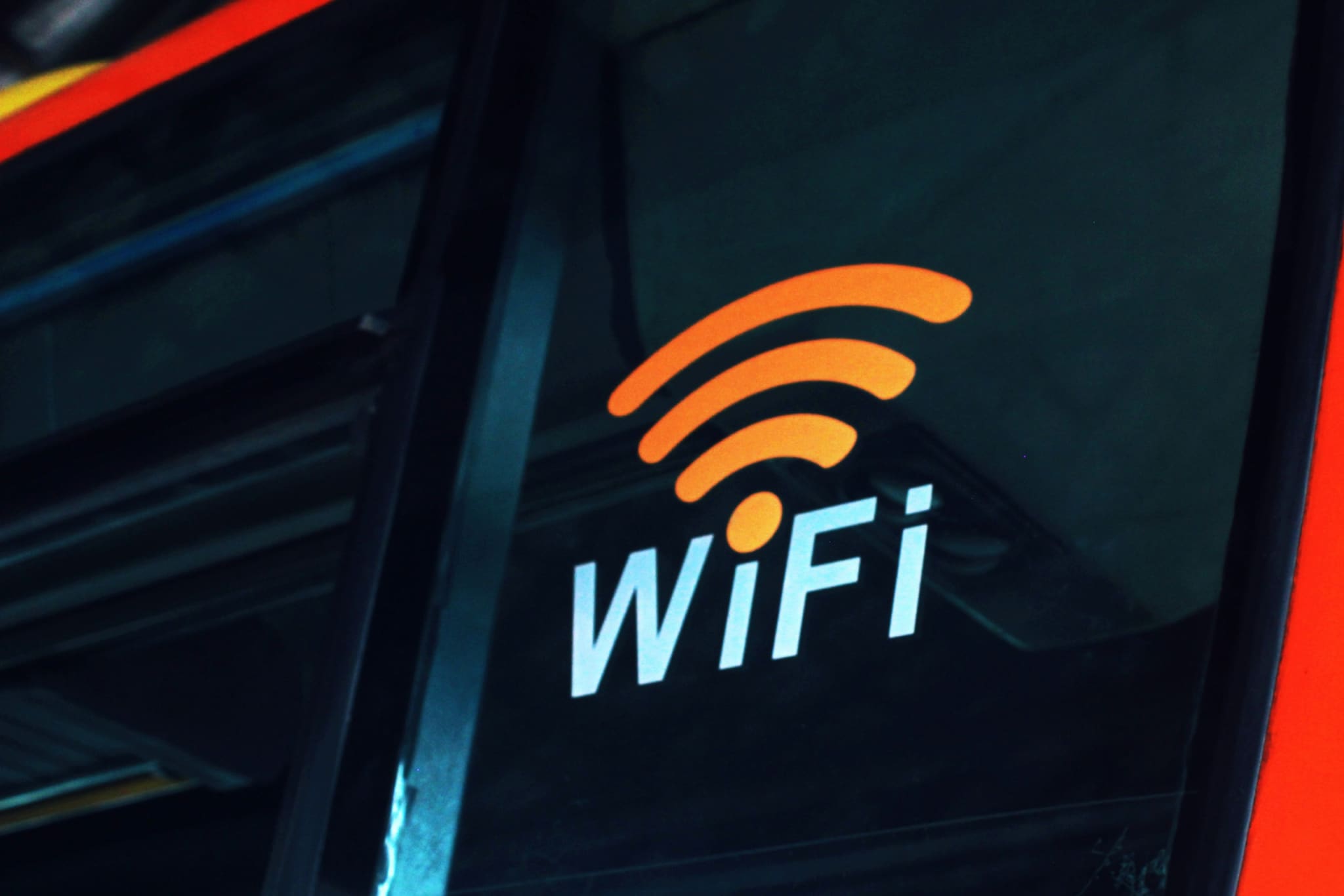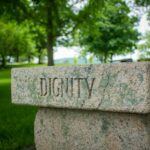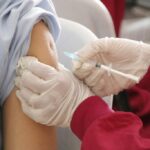
Twenty years after Hurricane Katrina, its lessons for climate justice, community governance, and solidarity are more important than ever. During the last week of August 2025, local organizers and community members converged for a Week of Action in New Orleans, as well as locations in Alabama and Mississippi, to share many of these teachings.
Organized by the Katrina 20 Local Planning Committee, and anchored by Taproot Earth, the Ashé Cultural Arts Center, and Junebug Productions, the Week of Action included dozens of workshops, film screenings, panel discussions, musical performances, and a People’s Assembly that commemorated the 20th anniversary of Katrina and its aftermath and provided important calls to action.
“There was the acute disaster of Katrina, and then there was a crisis that continued—and has continued for 20 years.”
“The last 20 years have shown us that we are at a breaking point. We are seeing the fissures and breaks in democracy, economy and our ecology from the Gulf Coast and Appalachia to the Global South,” said Colette Pichon Battle, executive director of Taproot Earth, in an interview with NPQ.
Below are five lessons of Katrina’s aftermath, drawn from interviews with community leaders. These lessons are important for nonprofit and philanthropic leaders to keep in mind while supporting local organizations navigating climate disasters in an era of democratic erosion.
Lesson 1: Acknowledge the Long Arc and Multilayered Effects of Climate Disasters
Twenty years ago, on August 29, 2005, Hurricane Katrina created a deadly arc of devastation across Louisiana, Mississippi, and Alabama. According to the Urban Institute, the storm displaced over 80 percent of New Orleans’s 450,000 residents and flooded nearly 228,000 homes and apartments.
“There was the acute disaster of Katrina, and then there was a crisis that continued—and has continued for 20 years.”
In the immediate aftermath, government agencies abandoned communities, particularly Black neighborhoods such as the Lower Ninth Ward in New Orleans. In the years since the disaster, billions of dollars flowed to contractors and developers rather than to families and neighborhoods, while hospitals and schools were shuttered or privatized as charter schools.
“There was the acute disaster of Katrina, and then there was a crisis that continued—and has continued for 20 years,” Stephanie Guilloud, the movement organizing senior strategist at Project South, explained in an interview with NPQ.
Hurricane Katrina’s impact was also not geographically isolated. Assata Dela Cruz, executive director of Tending Futures and senior organizing fellow at Muslims for Just Futures, noted the widespread scope of the storm’s devastation.
“While Hurricane Katrina made landfall in Louisiana and Mississippi, the ripple effects reached deep into Alabama, especially here in Mobile, where I live and organize,” she told NPQ. “What really lingered long after the storm passed was the economic and social fallout: the disappearance of jobs, struggling schools, and vulnerable communities finding themselves with even fewer resources and less support.”
Post-Katrina reconstruction efforts harmed residential, business, and cultural communities, including the Vietnamese population, which traces its history back to 1975 when refugees were resettled in New Orleans after the war in Vietnam.
Tập Bùi, coexecutive director of Sông Community Development Corporation—an organization “rooted in the Vietnamese experience” that addresses food sovereignty and honors cultural placemaking—has witnessed the transformation of New Orleans East. As she told NPQ, “After Katrina and even through the pandemic, we have seen less vibrancy in the commercial corridor with Vietnamese shops selling gifts or cultural items having to shutter.”
VAYLA, another organization serving the AAPI (Asian American Pacific Islander) community, emerged in the post-Katrina reconstruction period specifically to address environmental racism in the form of toxic dumping at a landfill located less than a mile away from a Vietnamese neighborhood.
As community leaders began the recovery process post-Katrina, it quickly became clear that decisions and policies had to be rooted in the leadership and wisdom of local communities.
Lesson 2: Build Infrastructure Rooted in Collective Governance
In the wake of Katrina, communities learned that survival requires more than temporary aid—it requires durable infrastructure and new models of governance that are anchored in the idea of collective stewardship. Pichon Battle of Taproot Earth explained: “The biggest strategy being advanced by communities is to build a practice of collective governance and a practice of stewardship of water, energy, and land.”
This concept has taken a number of forms, including the consolidation of community-controlled funds. One example is the Gulf South for a Green New Deal Community Controlled Fund, which redistributed over $14 million between 2021 and 2023 to more than 100 organizations across six states and Puerto Rico. These resources kept many groups afloat during the pandemic.
In 2024, climate justice leaders from Appalachia joined forces, forming a coalition of frontline organizations called Gulf South to Appalachia. And key call to action from the Week of Action in August 2025 is to support the Katrina 20 Local Planning Committee’s efforts to continue regional movement building into the future.
While the catastrophic response of the government to Hurricane Katrina led to a series of reforms around emergency management and disaster response, many are being dismantled by the Trump administration.
At a very local level, collective decision-making also looks like community members understanding how systems work and ways to influence them. For example, Sông CDC works with Vietnamese residents in New Orleans who are reimagining their relationship with local waterways. The organization has trained 25 residents to engage in advocacy and policy efforts with local sewage commission and government agencies to share their visions for water stewardship.
Collective governance is also at the heart of movement infrastructure which focuses on the organizational ecosystem by strengthening networks, leadership, and long-term capacity to respond to crises. As Project South’s Guilloud said, “When we talk about infrastructure, we don’t just mean roads and levees. We mean the people and networks that can make collective decisions about what comes next.”
Lesson 3: Push Back Against the Industry of Disaster Capitalism and Predatory Government Actions
Both corporate entities and government agencies contributed to the devastation vulnerable communities experienced in the aftermath of Katrina. Disaster capitalism, coined by the author Naomi Klein, refers to how corporations and contractors routinely exploit crises by dismantling social and public services and privatizing them for profit. In New Orleans, this meant gutting public housing particularly in Black neighborhoods and turning public schools into a private charter system.
Local and federal government agencies did no better. Many remember the images of Black residents holding “Help” signs while stranded on the roofs of their homes and crowded into temporary shelter at the Superdome while FEMA and other agencies failed to respond on time.
“Katrina really showed new levels of depravity and the potential for devastation, not just at the environmental level but at the level of the state being willing to not just abandon communities—but to act as a predator,” explained Guilloud.
While the catastrophic response of the government to Hurricane Katrina led to a series of reforms around emergency management and disaster response, many are being dismantled by the Trump administration. These include budget cuts to FEMA programs, including the elimination of disaster preparedness grants for local governments.
“The current administration has accelerated the dismantling and disinvestment of climate-just solutions with a pace and disdain like no other,” said Pichon Battle. “But we should not be surprised, as we have been seeing this happen for generations in the Gulf South.”
Local organizers note that policy changes on immigration and voting will also affect the capacity to prepare for climate disasters. “We are watching state governments in Alabama, Florida, Louisiana, and Mississippi double down on anti-immigrant laws, anti-Black policies, and voter suppression, which strip our communities of the very power and resources we need to build climate resilience,” said Dela Cruz from Muslims for Just Futures.
Lesson 4: Deepen Solidarity Histories, Narratives, and Actions
To mark the 20th anniversary, local organizers released a solidarity statement signed by over 150 organizations around the country. It reads in part: “Signing this statement offers support to a grassroots effort to build power and remember our shared histories in a moment when the truth is contested and movements face existential threats within the context of climate crisis and rising fascism.”
Sharing histories of oppression and resiliency is a vital solidarity strategy for many local organizers. “It’s not that your community is more important, or my community is more important,” Bùi of Sông CDC explained. “We’re all impacted, and we need to be able to share our histories and also move together.”
“We need more than just praise for our survival.”
Katrina 20 organizers also understand the importance of making connections between government practices and policies within the United States and around the world.
“As we approach the 25th anniversary of the War on Terror, we are reminded that the same US empire that abandoned Black communities during Katrina has spent the last two decades funding war, occupation and surveillance across the globe from Iraq and Afghanistan to Somalia and Yemen,” said Dela Cruz.
During the Week of Action commemorating the 20th anniversary of Katrina, local organizers issued a call “from the Gulf South to Gaza” declaring the shared right to remain, the right to migrate, and the right to return, and standing in solidarity with Palestinians.
Lesson 5: Address Trauma and Reclaim Resilience with Community Care
One of the narratives that has often emerged in the wake of climate disasters in particular is that of resilience. But while resilience can be a helpful framework to prepare for and adapt to disasters, the idea that community members can simply “bounce back” can lead to inequitable and ineffective policies.
Many communities do not have the capacity to build resiliency given the generational vulnerabilities they may be navigating such as poverty or racism. “It really is our legacy but we’re so tired of being resilient without repair, justice or investment,” noted Dela Cruz. “We need more than just praise for our survival.”
Bùi pointed out how the idea of resilience can actually lead funders and government agencies to ignore the realities faced by communities. “Resilience can also indirectly cause disinvestment in the community,” she said.
Organizers and healers have been uplifting how storytelling and ancestral and Indigenous traditions can support community members in building resiliency. Jacqueline Thanh, the director of VAYLA, described to NPQ how the organization, shaped by the “resilience of intergenerational community members,” now operates a story lab for young leaders as a culturally integrated form of deep power building.
Beyssa Buil, a Katrina 20 Local Planning Committee member and a mindfulness and emotional wellness counselor and educator, told NPQ that trauma doesn’t have an expiration date. “When these types of collective anniversaries come up, individuals experience somatic symptoms and dysregulation…because their body always remembers,” Buil explained. The way to address long-term trauma is through community care. “We’re the only ones that can save ourselves, and if we keep waiting for somebody else, it’s not going to happen,” said Buil.
As climate disasters intensify and governmental protections weaken, the lessons of Katrina from Southern organizers need to become guideposts for communities nationwide: Center the frontlines, invest in community stewardship, resist disaster capitalism, expand solidarity narratives, and heal through mutual aid.
For More on This Topic:
Holding the Line for LGBTQ+ Youth: Community, Care, and Resistance
We Need Movement Infrastructure
Lessons from Katrina, 10 Years After: New Orleans’ Schools Today














